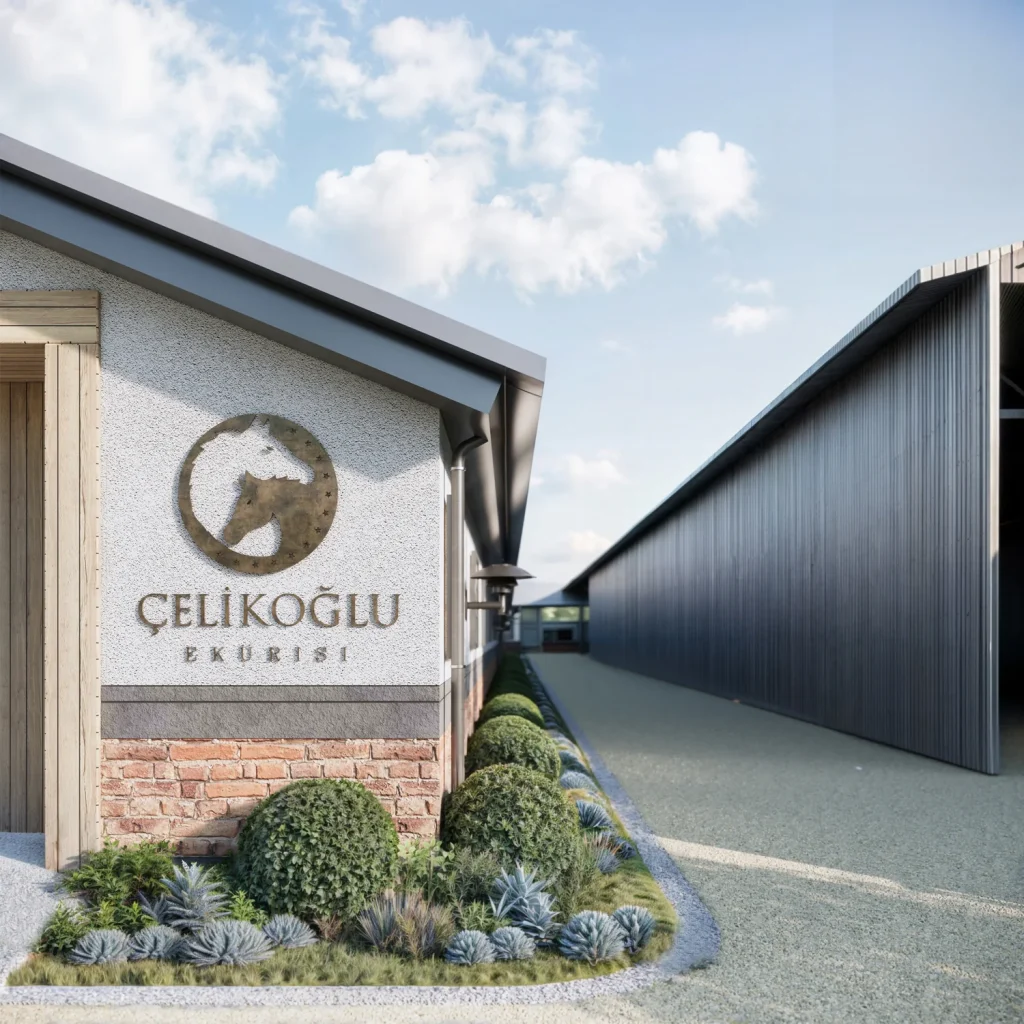Equestrianism is a unique sport that creates a special bond between horses and people. Planning equestrian arenas is crucial for ensuring the safety and comfort of both horses and riders. At Equine Design Studio, we would like to share some essential points to consider during the professional planning of an equestrian arena.
1. Site Selection and Topography
The first step in planning an equestrian arena is choosing an appropriate site. The area should be flat and free of obstacles to ensure safe riding activities. Additionally, the drainage system should be considered. A proper drainage system must be installed to prevent water accumulation.
2. Surface Material
The surface material is one of the most critical elements of an equestrian arena. The right surface material should be selected for the hoof health of the horses and the safety of the riders. Various materials such as sand, sawdust, and rubber mixtures can be used. The surface material should be flexible, non-slippery, and capable of absorbing impacts to protect the horses’ joints.
3. Fencing and Barriers
Fencing and barriers are essential for a safe equestrian arena. Fences prevent horses from leaving the area and ensure the safety of riders and spectators. The barriers should be durable, of sufficient height, and made from materials that will not harm the horses.
4. Lighting and Weather Conditions
Lighting in the equestrian arena is a critical element, especially for training sessions held at night or in poor weather conditions. Uniform lighting should be provided, avoiding shadows. Additionally, structures that protect against wind, rain, and sunlight can enhance the comfort of the equestrian arena.
5. Related Facilities
Planning an equestrian arena involves more than just the riding track. Facilities such as stables for horses to rest, changing rooms for riders, shower areas, toilets, and seating areas for spectators should also be included in the plan. These facilities make the equestrian experience more comfortable and enjoyable.
6. Emergency Equipment and Health Services
Safety is one of the top priorities for equestrian arenas. Necessary equipment for potential accidents and emergencies should always be readily available. First aid kits, fire extinguishers, and emergency phones should be easily accessible. Additionally, partnering with a nearby health services provider is also important.
7. Training and Practice Areas
Equestrian arenas must be suitable for various training and practice needs. Areas should be planned for different disciplines such as show jumping, dressage, and recreational riding. Different sizes and equipment for each discipline’s requirements should be created.
8. Natural and Aesthetic Elements
Equestrian arenas should be aesthetically pleasing and harmonize with nature. Green spaces, trees, and landscaping create a relaxing environment for both horses and riders. Natural elements make equestrian arenas more attractive and inviting.

